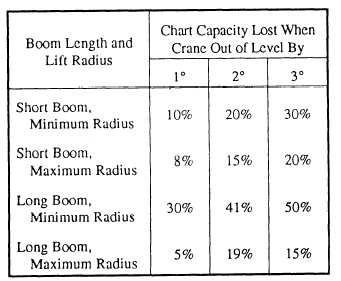Figure 12-45.-Crane capacity lost by crane out of level.
1. Failure to block/crib under the outrigger pads
when poor ground conditions cannot support the total
weight of the crane and load. Proper and improper
cribbing is shown in figure 12-44.
2. Failure to extend the outriggers fully and use
them following the manufacturer’s instruction.
3. Failure to note overhead obstructions, such as
overpasses and power lines.
4. Failure to level the crane. Leveling the crane
cannot be overemphasized. Cranes must be set up as per
manufacturer’s instruction with the outriggers fully
extended and the crane leveled. Crane capacity is lost
when the crane is out of level by only a few degrees (fig.
12-45). Most cranes have levels mounted on them, but
the levels are not always accurate. Use a 3-foot builders
level to check the level of the crane over the rear and
over the sides (fig. 12-46).
Load Capacity
The rated capacities of mobile cranes are based on
both strength and stability. Manufacturers of cranes
will normally denote on the load charts a shaded area or
a bold line across the chart dividing the lifting capacities
based on strength or stability of the crane. It is
extremely important to know the difference for, in one
case, one of the structural components of the crane will
break and, in the other case, the crane will tip over.
Additionally, the following factors must be
recognized and the capacity adjusted accordingly:
1. Do not use stability to determine lifting capacity.
Use the load chart installed by the crane manufacturer.
The load chart is securely attached in the operator’s cab.
2. The number of parts of line on the hoist and the
size and type of wire rope for various crane loads.
3. Length of boom.
4. Boom angle.
5. Boom pendant angle (when the telescopic/
folding gantry is down, the angle decreases and the
stress increases).
Figure 12-46.-Leveling procedures using a builder’s level.
12-31

